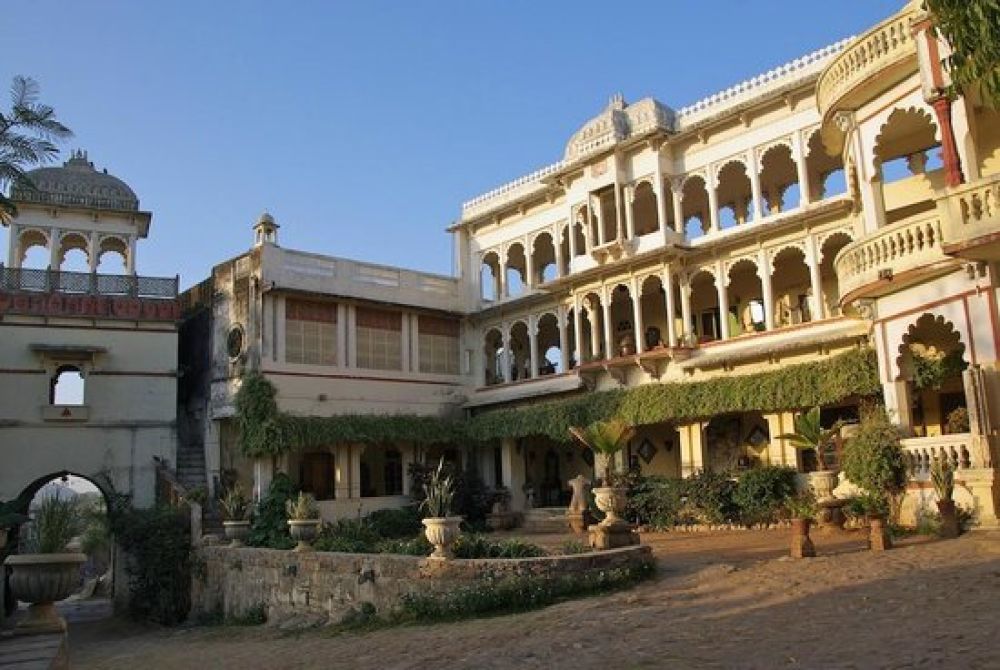

The history of tourism around Darbargadh Palace in Jamnagar, Gujarat, is a fascinating journey through time. Darbargadh Palace, once the royal residence of the Maharajas of Nawanagar, represents an illustrious era that has captivated travelers for many years. The palace, a magnificent example of Rajput architecture, was established by Jam Rawal in 1540 AD. He was the founder of the city of Jamnagar and the first to endorse this region as a mainstay of culture and architectural prowess.
Originally, the palace was central to the daily life and governance of Jamnagar. In time, as the interest in Indian royalty and heritage grew, it became a point of interest for historians and tourists alike.
Historically, the tourism around Darbargadh Palace remained relatively exclusive, accessible mainly to the elite class, scholars, and colonial officers interested in the heritage and culture of India. However, post-independence, as India started to establish its identity on the global stage, the palace emerged as a prominent historical site for wider audiences.
In the latter half of the 20th century, the government of Gujarat recognized the potential for heritage tourism and began promoting places like the Darbargadh Palace. Steady preservation efforts were employed to maintain the integrity of the structure and its intricate carvings and designs.
Today, the palace is a testament to the opulence and grandeur of Jamnagar's erstwhile monarchy. The recent trend in tourism has seen a surge of interest in local cultures and histories, with tourists seeking more authentic and immersive experiences. Darbargadh Palace fits perfectly into this niche, allowing visitors to explore its galleries, courtyards, and halls, and get a glimpse into the life of royalty.
Ecotourism and sustainability have become increasingly important, and local initiatives around Jamnagar are reflective of this. Efforts are being made to promote responsible travel practices that protect the cultural integrity and historical significance of sites like the Darbargadh Palace.
For visitors, the palace offers much more than just a chance to explore an ancient structure. Guided tours provide detailed historical context, and often recount fascinating anecdotes about the rulers who lived there. The craftsmanship of the balconies, the ornate gates, and the overall imposing facade of the palace continue to draw visitors from all over the world.
Special events and festivals are occasionally held within the palace grounds, giving tourists an opportunity to witness traditional performances, craft fairs, and other cultural activities that enrich their travel experience.
The future of tourism in Darbargadh Palace looks promising. With continuous efforts towards conservation and the promotion of responsible tourism, the site will likely continue to attract history buffs, architecture enthusiasts, and cultural tourists. The palace's historical narratives, architectural beauty, and the evolving tourist facilities make it an enduring symbol of Gujarat's rich heritage.
In conclusion, the palace is not just a relic of the past; it's a living part of Jamnagar's history and culture, offering an unmatched glimpse into the grandeur of India's royal legacy. Its continuing allure ensures that Darbargadh Palace remains a beloved destination for tourists seeking to unravel the tales of bygone times.